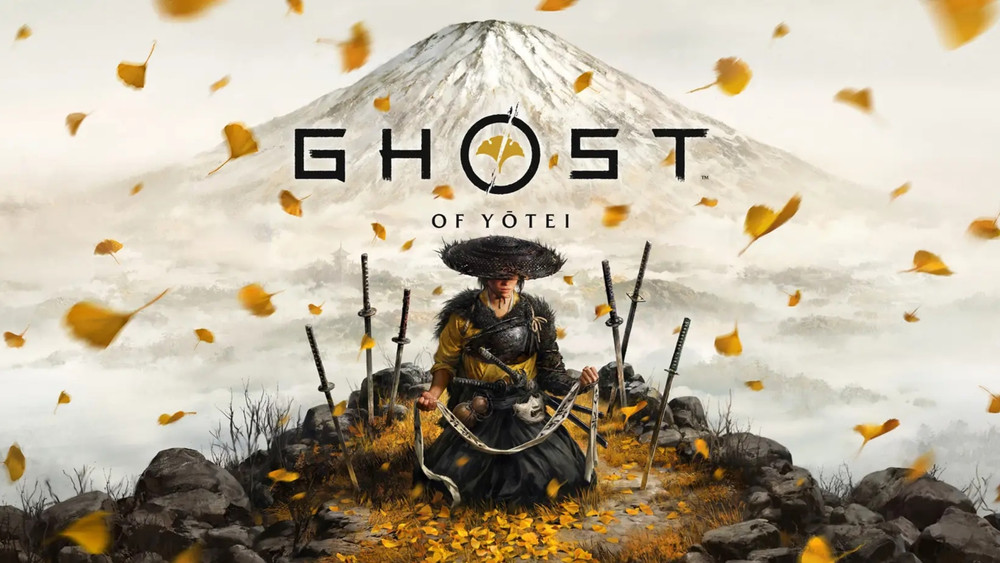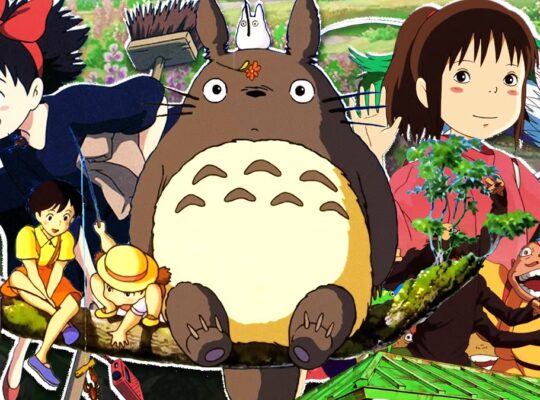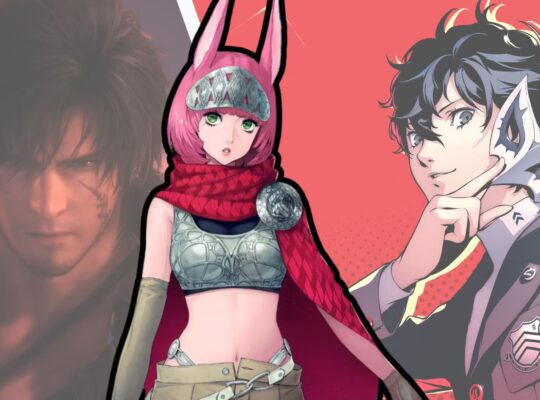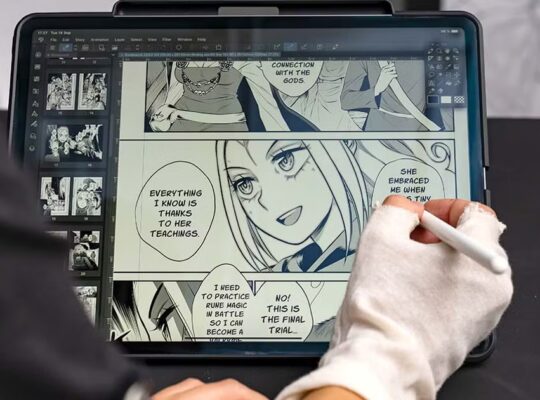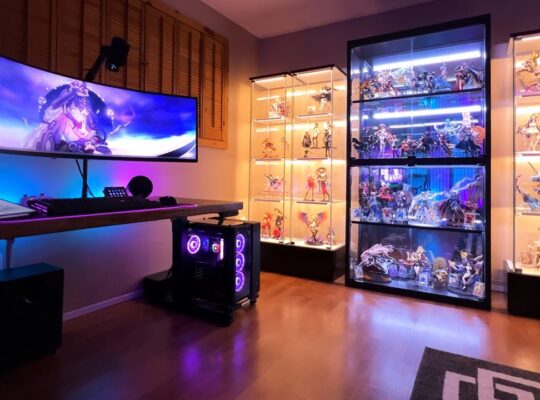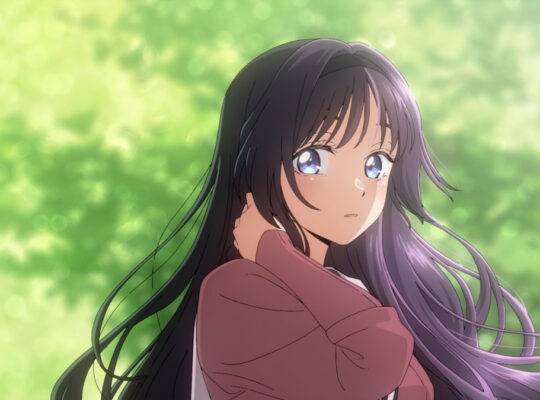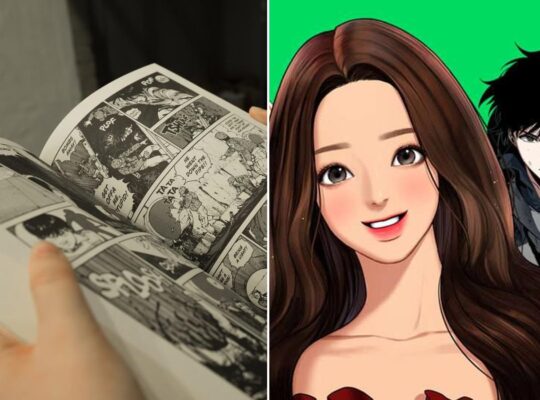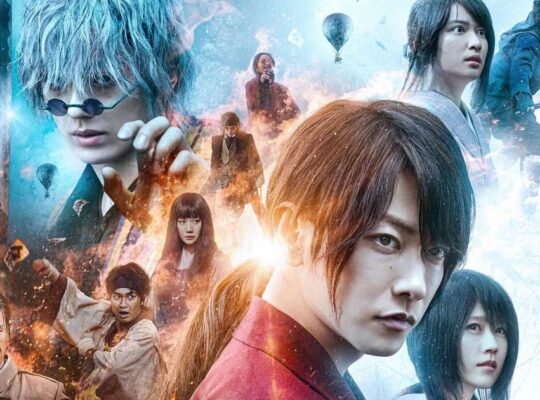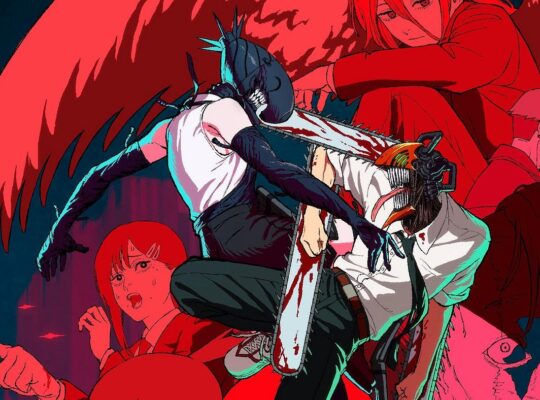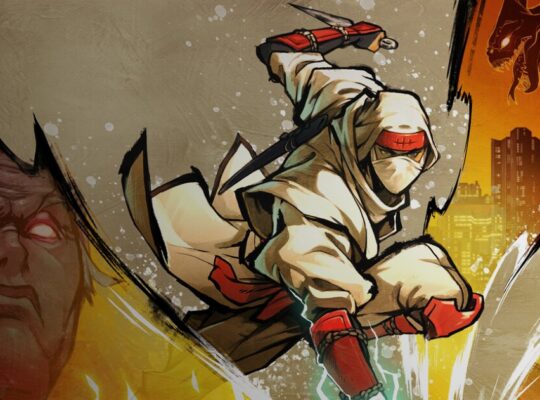The world of video games has long been fascinated with the imagery of samurai, ghosts, and the complex interplay of honor and revenge. With the announcement of Ghost of Yōtei, a standalone sequel to Ghost of Tsushima, players are preparing to dive into another tale that combines history, folklore, and cinematic artistry. While the original game captivated audiences with its sweeping landscapes and homage to classic Japanese cinema, Ghost of Yōtei aims to refine this vision while incorporating fresh creative layers. For fans of anime, manga, and Japanese-inspired games, this release signals a new chapter in the dialogue between interactive entertainment and Japanese pop culture.
A New Setting and Narrative
Unlike Ghost of Tsushima, which unfolded on the Mongol-invaded island of Tsushima, Ghost of Yōtei transports players to Ezo, the historical name for Hokkaido, during the early 17th century. This shift in geography and time period allows the game to introduce different cultural elements, including the traditions of the Ainu people and the northern landscapes dominated by the imposing Mount Yōtei. The protagonist is a new figure, a woman seeking vengeance for the destruction of her family, and her perspective offers a fresh take on the “Ghost” persona. Rather than repeating the story of Jin Sakai, Ghost of Yōtei emphasizes transformation, reimagining what it means to become a ghost in a different cultural and historical context.
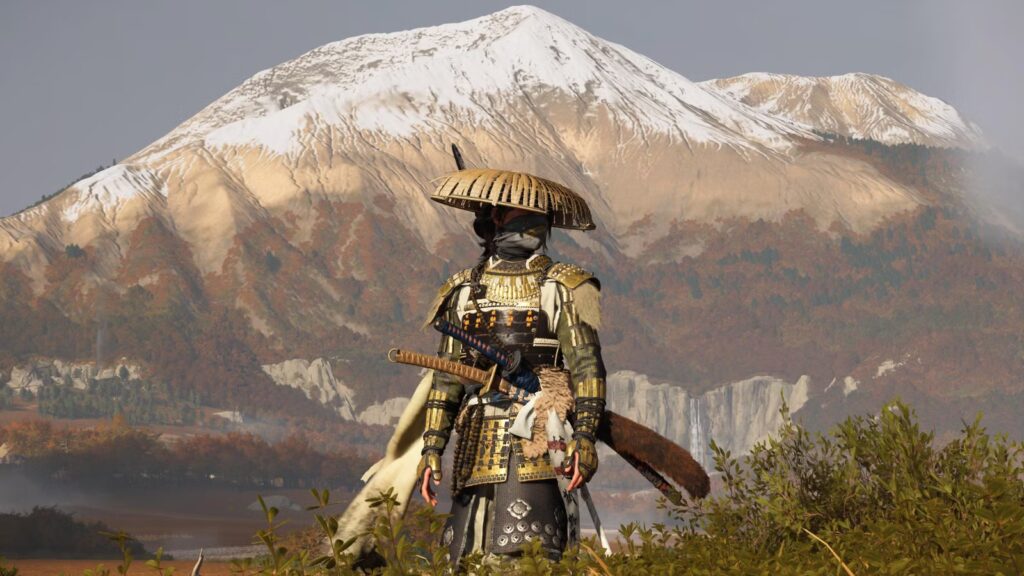
The narrative structure appears to intertwine samurai drama with supernatural motifs. Ghosts, masks, and spirits are not simply metaphorical; they play into the aesthetic and thematic identity of the game. This choice connects deeply to the kinds of stories found in anime and manga, where the line between the material world and the realm of spirits is often blurred. Whether through shōnen adventures or more mature jidaigeki-inspired manga, the motif of a lone warrior guided or haunted by the past is a familiar thread.
The Influence of Cinema and Anime
One of the most striking features announced for Ghost of Yōtei is its use of stylistic “modes” that alter the presentation of the game. Players can experience the story through Kurosawa Mode, which pays tribute to the legendary filmmaker’s black-and-white samurai epics; Miike Mode, a reference to Takashi Miike’s more modern and stylized takes on violence and spectacle; and Watanabe Mode, which evokes the visual sensibilities of Shinichirō Watanabe, known for directing Samurai Champloo and Cowboy Bebop. By offering these options, the developers are acknowledging the layered influences of cinema and anime on the way audiences engage with Japanese-inspired storytelling.
For anime fans, Watanabe Mode stands out as a direct bridge between video games and animated series. The dynamic editing, rhythmic pacing, and stylish flourishes associated with his work make the game feel like a living anime. It is not simply about swapping filters; it is about channeling the atmosphere of different artistic traditions into the player’s experience.
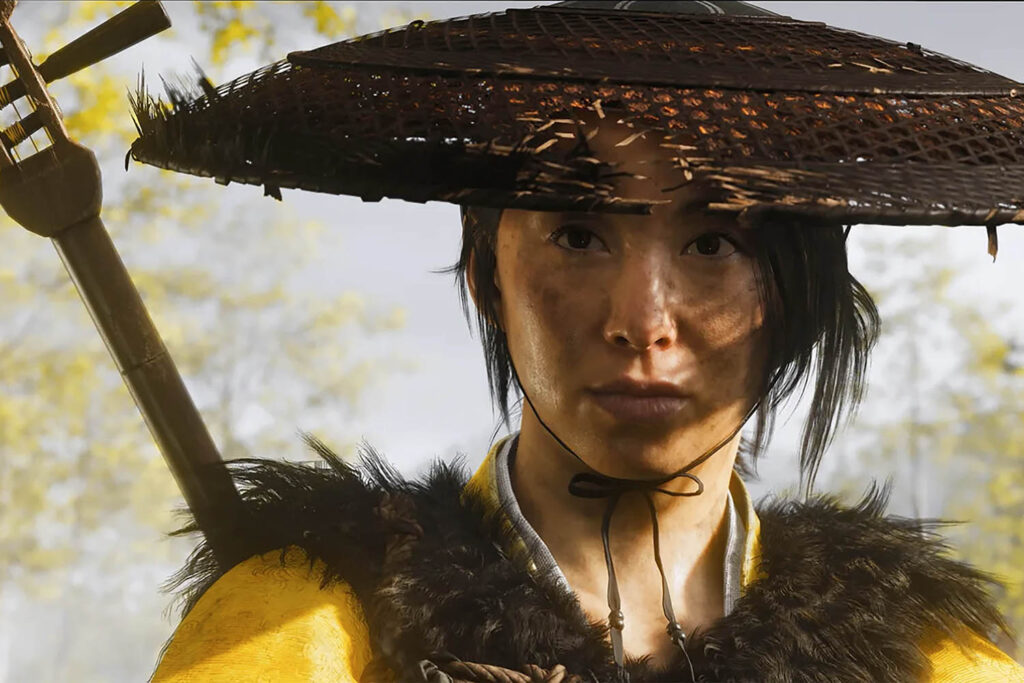
Themes Resonating With Anime and Manga
The samurai narrative has always had strong ties to anime and manga. From Rurouni Kenshin to Samurai Champloo, these stories wrestle with questions of honor, loyalty, personal redemption, and the impact of violence. Ghost of Yōtei builds on these traditions while adding its own supernatural dimension. The revenge-driven plot echoes countless shōnen arcs, where protagonists must face overwhelming odds and carry the emotional weight of loss. At the same time, the spiritual undertones recall the work of directors such as Hayao Miyazaki, who often infused his films with myth and folklore.
To illustrate how these themes overlap, consider the following parallels:
| Element in Ghost of Yōtei | Common in Anime/Manga |
|---|---|
| Lone warrior seeking revenge | Classic shōnen protagonists (Naruto, Ichigo, Eren) |
| Presence of spirits and ghosts | Folklore-driven series (Natsume’s Book of Friends, Bleach) |
| Stylized presentation through visual filters | Anime directing styles and manga paneling techniques |
| Exploration of cultural identity | Works blending history and fiction (Samurai Champloo, Vinland Saga) |
The connections make Ghost of Yōtei feel not just like a game, but also like an extension of the themes anime and manga fans already know and love.
Gameplay as a Narrative Device
Beyond story and aesthetics, Ghost of Yōtei promises to refine gameplay elements that reflect its narrative ambitions. The stealth mechanics, open-world exploration, and variety of weapons all serve to immerse players in a world where patience, observation, and style are rewarded. Much like how anime protagonists often have to balance strategy and raw power, players must adapt their approach based on the situation. This design philosophy aligns well with the anime ethos of growth and mastery.
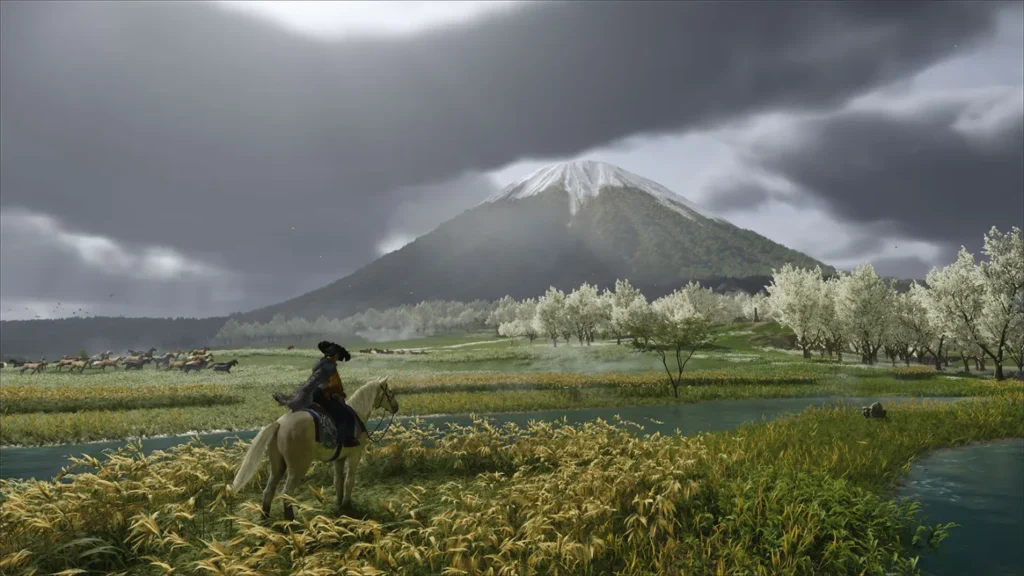
In addition, the game’s open world allows for an expanded sense of discovery. Hidden shrines, side quests rooted in folklore, and encounters with local traditions enrich the narrative. These features resonate with the way manga often extends beyond its central conflict to explore character backstories, cultural practices, or even moments of humor and levity amidst darker themes.
Positioning in Geek Culture
Ghost of Yōtei arrives at a moment when cross-cultural exchange between video games and anime has never been stronger. The success of titles like Persona 5 and Dragon Ball FighterZ shows that fans are eager for experiences that blur the lines between interactive play and anime-style storytelling. Cosplay communities are already imagining costumes inspired by the game’s characters, and discussions among fans highlight the excitement over its cinematic presentation. For younger audiences, the opportunity to play a game that feels like stepping into an anime episode is especially appealing.
The game also contributes to the ongoing conversation about representation and authenticity in media. By introducing a female protagonist and weaving in cultural elements specific to northern Japan, the developers are expanding the framework of what samurai dramas can be. This move reflects the broader trends in anime and manga, where diverse protagonists and fresh perspectives are increasingly celebrated.
Looking Ahead
While much remains to be seen until release, Ghost of Yōtei already stands out as more than just another action game. It is a deliberate attempt to merge the aesthetics of Japanese cinema, the emotional storytelling of anime, and the interactivity of modern game design. For anime and manga fans, it offers a unique opportunity to see familiar themes translated into a new medium, while gamers can anticipate a deeply atmospheric and visually striking adventure. If the execution matches the ambition, Ghost of Yōtei could become a touchstone in how samurai drama is reimagined for a global audience.

